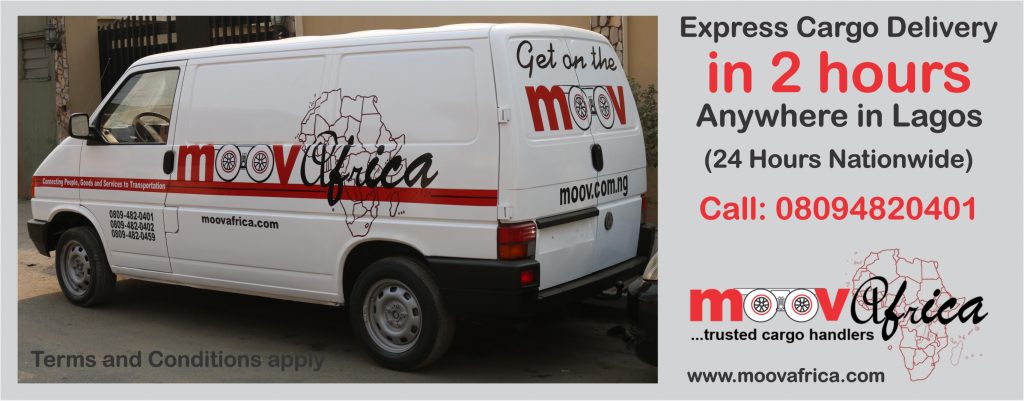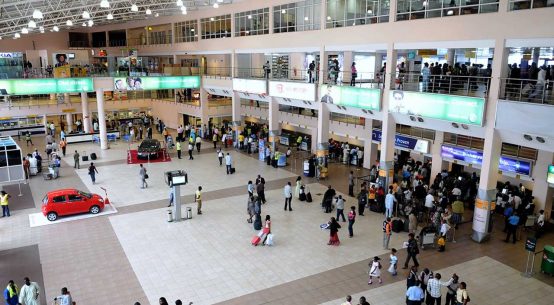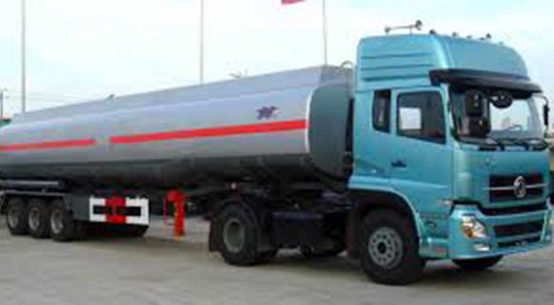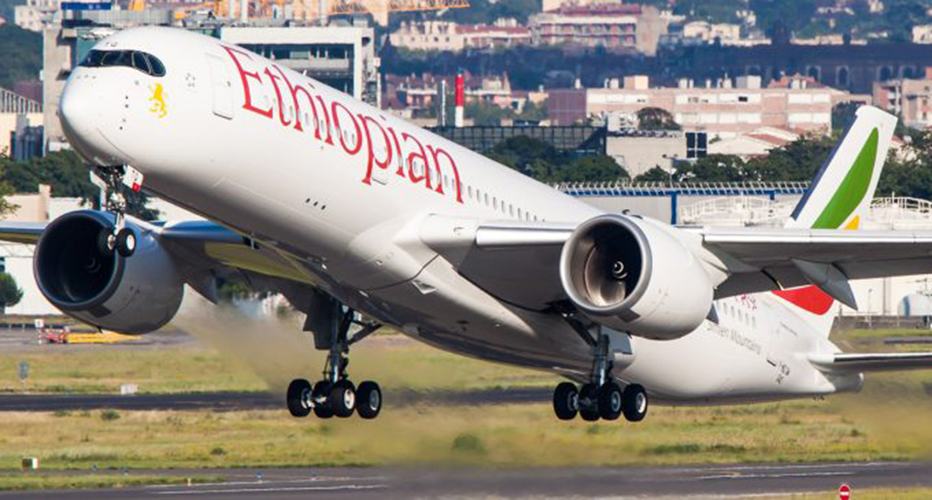
The airline is fully owned by the government of Ethiopia. State backing is a prerequisite for a major national enterprise with long-term goals, such as an airline. Note, however, that we do not get any funding or subsidies from the government. Ethiopian is managed with its own corporate finance.
The government, however, forfeits her dividends and allows us to reinvest the profits in the airline. We would have loved to float shares to raise capital like our competitors do, but Ethiopia Airlines does not have a capital market yet.
Professional management
Although Ethiopian is fully owned by the government, it is run by a team of professional aviation experts. The government does not interfere in the day-to-day management of the airlines. We make the business plans and strategy and present it to the board for approval, then we report our performance to the board.
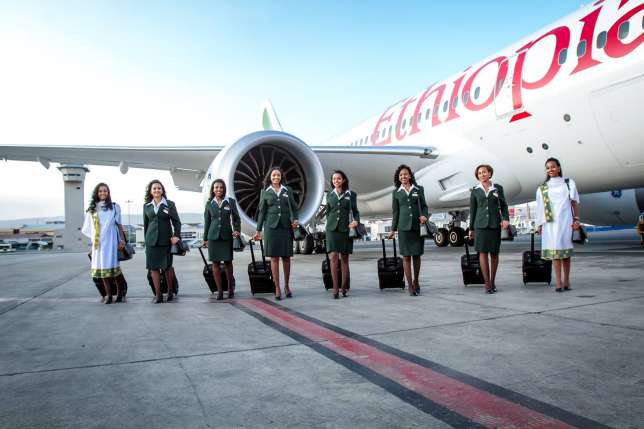
Employment policy
Employee loyalty is high in Ethiopian. We are proud to work for the company. All of us have grown in the airline from the lowest ranks and spending decades in the same company. The service period of our leadership team is a minimum of 25 years. Some have served the company for 30 to 40 years.
Our managers combine significant expertise and experience and yet they are young and energetic at the same time. We encourage women especially to aspire for careers in aviation.
Women account for 30 percent of Ethiopian Airlines overall staff. And we have a number of times flown an all-female crew from pilot to members of the cabin crew.
Business philosophy
We believe that an airline is a business first. Nearly all African countries had an airline at independence in the 1960s. They were not looked at as business first, rather, they were seen as a national flag carrier, a national pride. It is no wonder that hardly any of them still exist today. We put a very strong emphasis on cost management. Frugality is very strong at Ethiopian Airlines.

One of the basic principles of our vision 2025 is ‘Fast Profitable and Sustainable growth’. Fast growth in the region, in China, Africa and the Middle East.
This is one of the fastest growing regions. We also have to be profitable, or else we will not be able to get loan financing for our fleet and other infrastructure.
At any point in time, we should be creditworthy, we should have a strong balance sheet so that financiers can have confidence in the airline and continue lending us money.
Most of our fleet is financed by the US Exim Bank because we have always been Boeing Customers. The US Exim Bank has been a very strong supporter of the airline, our loans are primarily guaranteed by the US Exim Bank. Then we go to the commercial banks like Barclays, Citi, JP Morgan, HSBC and others.
Business sense
You can say that Ethiopian Airlines is a self-sufficient airline. We have our own maintenance engineers and technicians, our own aviation academy, our own catering and ground handling is ours too. We have a big internationally certified aviation academy.
In that academy, we have pilot school, maintenance and technical school, finance and marketing school and cabin crew training. That’s how we get our skilled manpower. We do not have to outsource any of these services.
Profitability
We recorded a 10 percent increase in revenue to $2.4 billion (Shs9 trillion) for 2015/16, with profits of $261.9 million (Shs986b), up from $150.9 million (Shs568b), the previous financial year. We recorded a slight decrease in profits for 2016/17.
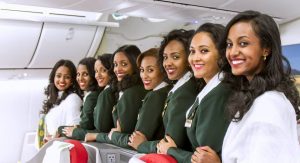
Expansion plans
Ethiopian has been growing 20 to 25 percent each year, in the last few years. We have ordered 10 additional Airbus A350-900s. We are implementing a $345 million (Shs1.2 trillion) airport expansion project to raise the annual passenger capacity at Addis Ababa’s Bole International Airport from seven million to 22 million by 2025.
We are increasing our connectivity; we have set up regional hubs in Lomé, Togo, and Lilongwe, Malawi.
Through these hubs, Ethiopian Airlines can connect to more places and can push flights back through Addis. In 2016, we unveiled our aviation academy, we invested $100m (Shs376b) in the academy.
The academy hosts a training centre complete with 20 pilot training aircraft, classrooms, auditorium, dormitory and the latest technologies in flight simulation.
We forecast that by 2025 we shall be flying to more than 120 international destinations and 26 domestic destinations. We forecast to have more than 140 aircraft and airlifting 22 million passengers and hauling 820,000 tonnes of cargo per annum. Our revenues should exceed $10 billion (Shs37.6 trillion) by 2025.
Challenges
The drop in oil prices has dented demand from key markets including Nigeria, Angola and Egypt. Competition from Gulf carriers is another concern, with more than 80 percent of traffic into Africa serviced by non-African airlines.
The low share of African carriers in the aviation arena, paradoxically in their own region, has posed a major challenge.
We are motivating African carriers to collaborate and work together. A case in point is our successful partnerships in opening hubs in Lome (Togo) with Asky Airlines and in Malawi with Malawi Airlines. The growth of low-cost long-haul carriers is also a concern.
- Read the original article on Monitor.
.
